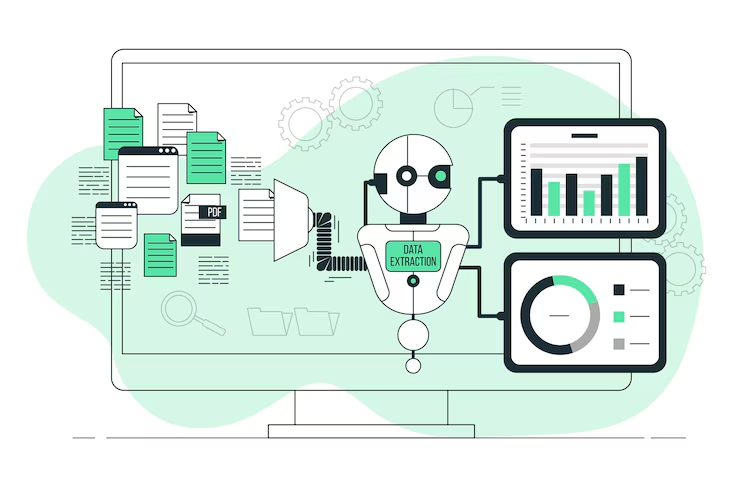
What is Data Labeling/Annotation?
Why is AI-powered data labeling important?
-
Efficiency:AI tools can automate or assist with repetitive tasks, reducing the time and effort required for manual labeling.
-
Accuracy:AI can identify patterns and inconsistencies in data, helping annotators ensure the quality and accuracy of labels.
-
Scalability:AI-powered tools can handle large datasets and complex labeling tasks, making it easier to scale data annotation efforts.
-
Improved Model Performance:
High-quality, well-labeled data is essential for training accurate and reliable machine learning models.
How does AI assist with data labeling?
-
Automatic Labeling:AI algorithms can automatically suggest or generate labels for data based on pre-defined rules or learned patterns.
-
Semi-Supervised Learning:AI can learn from a small amount of labeled data and then use that knowledge to label unlabeled data, reducing the need for extensive manual labeling.
-
Quality Control:AI can identify and flag potential errors or inconsistencies in labels, ensuring the accuracy of the data.
-
Content Moderation:
AI can be used to automatically label content for various purposes, such as identifying inappropriate content or detecting spam.
Examples of AI-powered data labeling in action:
-
Computer Vision:
AI can assist in identifying and labeling objects, scenes, and actions in images and videos.
-
Natural Language Processing:
AI can help annotate text data for tasks like sentiment analysis, named entity recognition, and question answering.
-
Speech Recognition:
AI can assist in transcribing and labeling audio data, including identifying speakers, languages, and emotions.
-
Autonomous Vehicles:
AI is crucial for annotating data from sensors like LiDAR, cameras, and radar to train self-driving vehicles.



